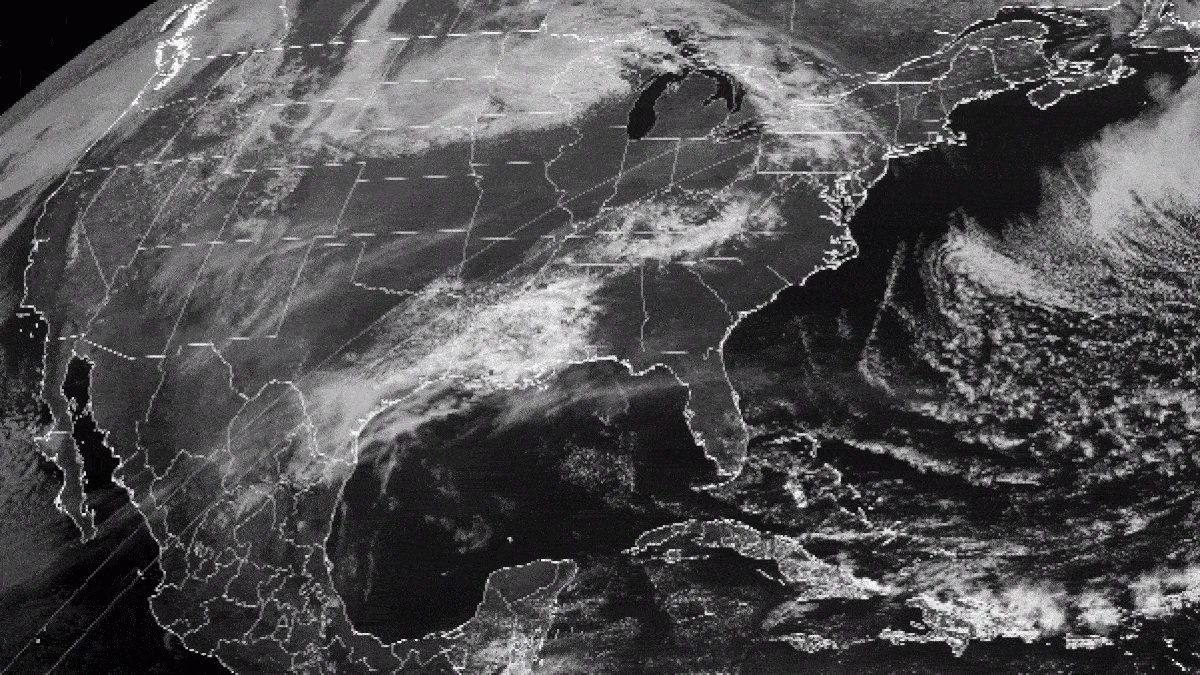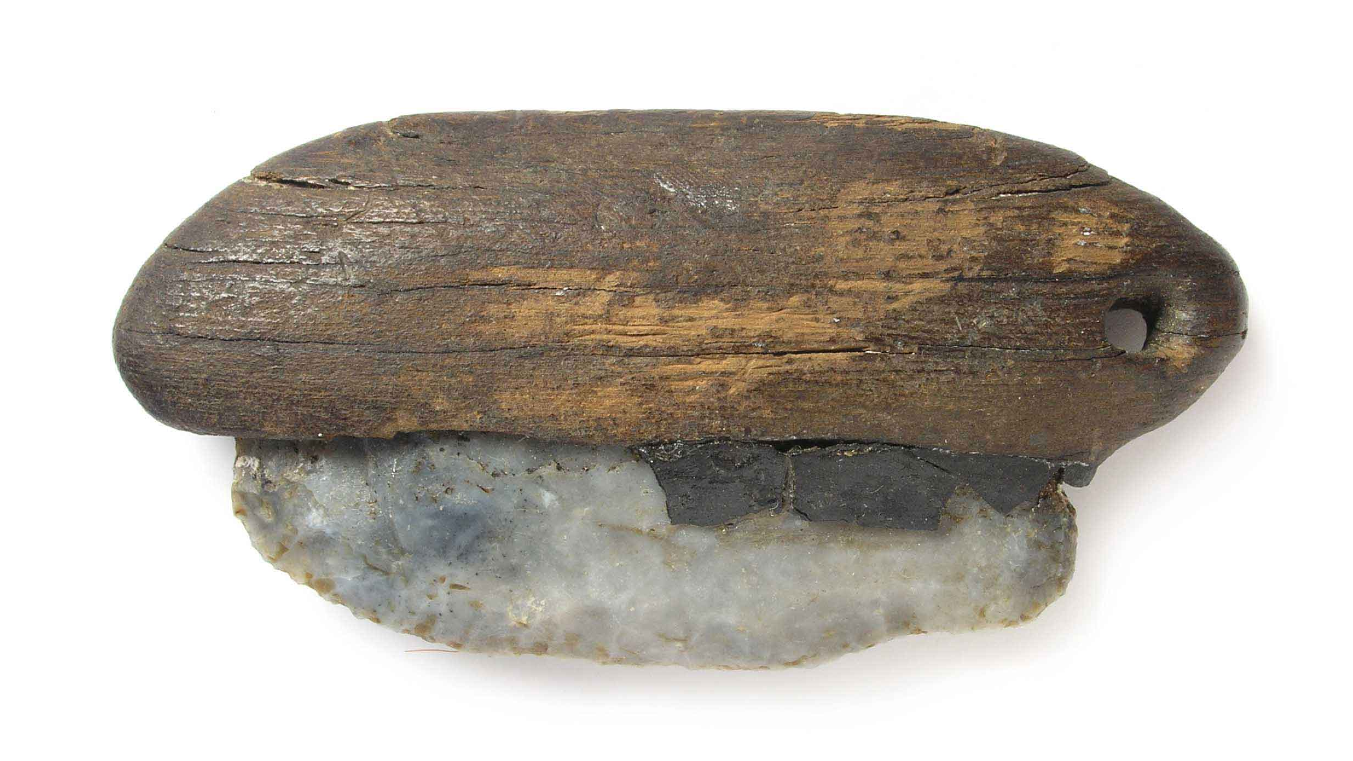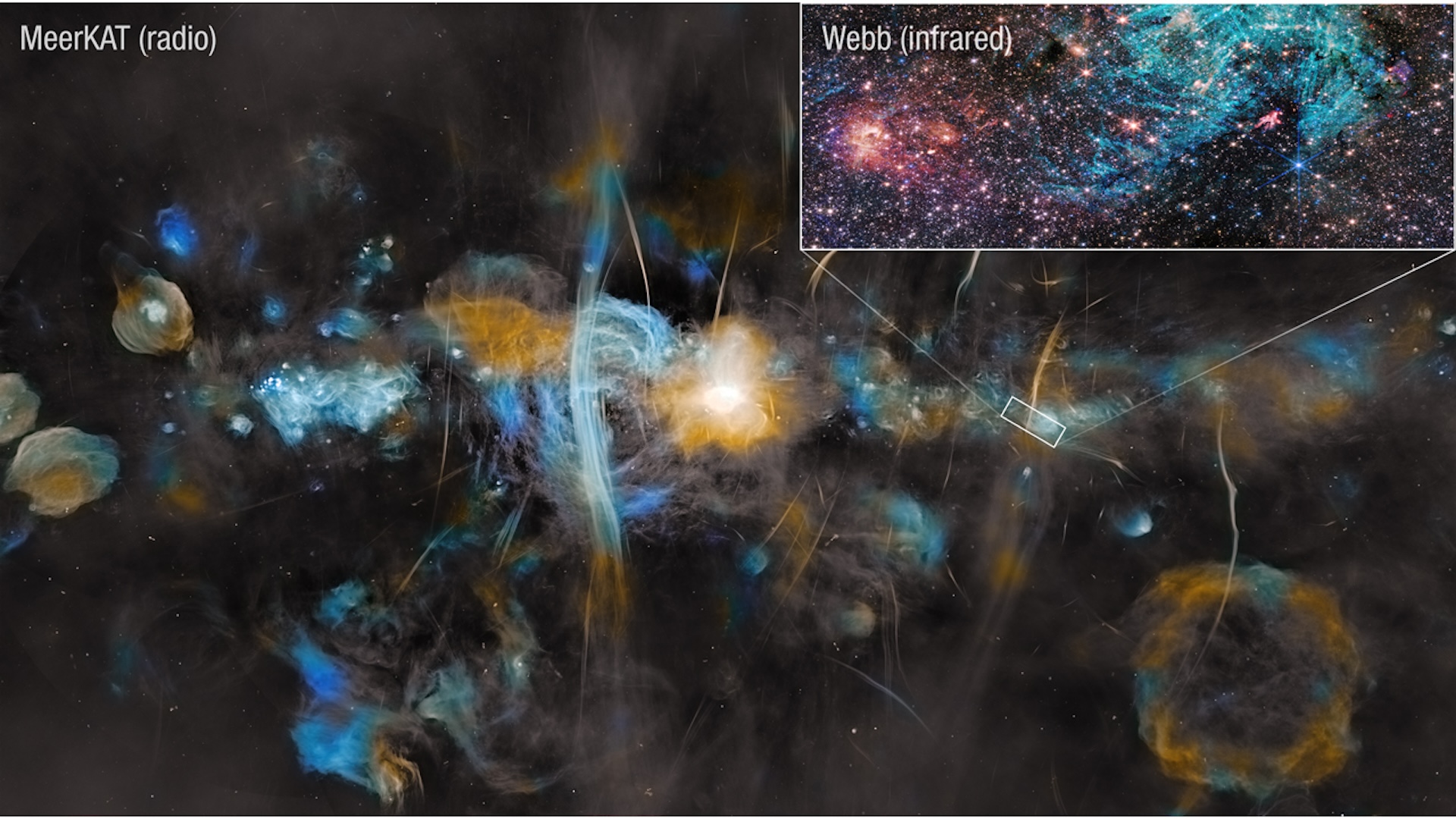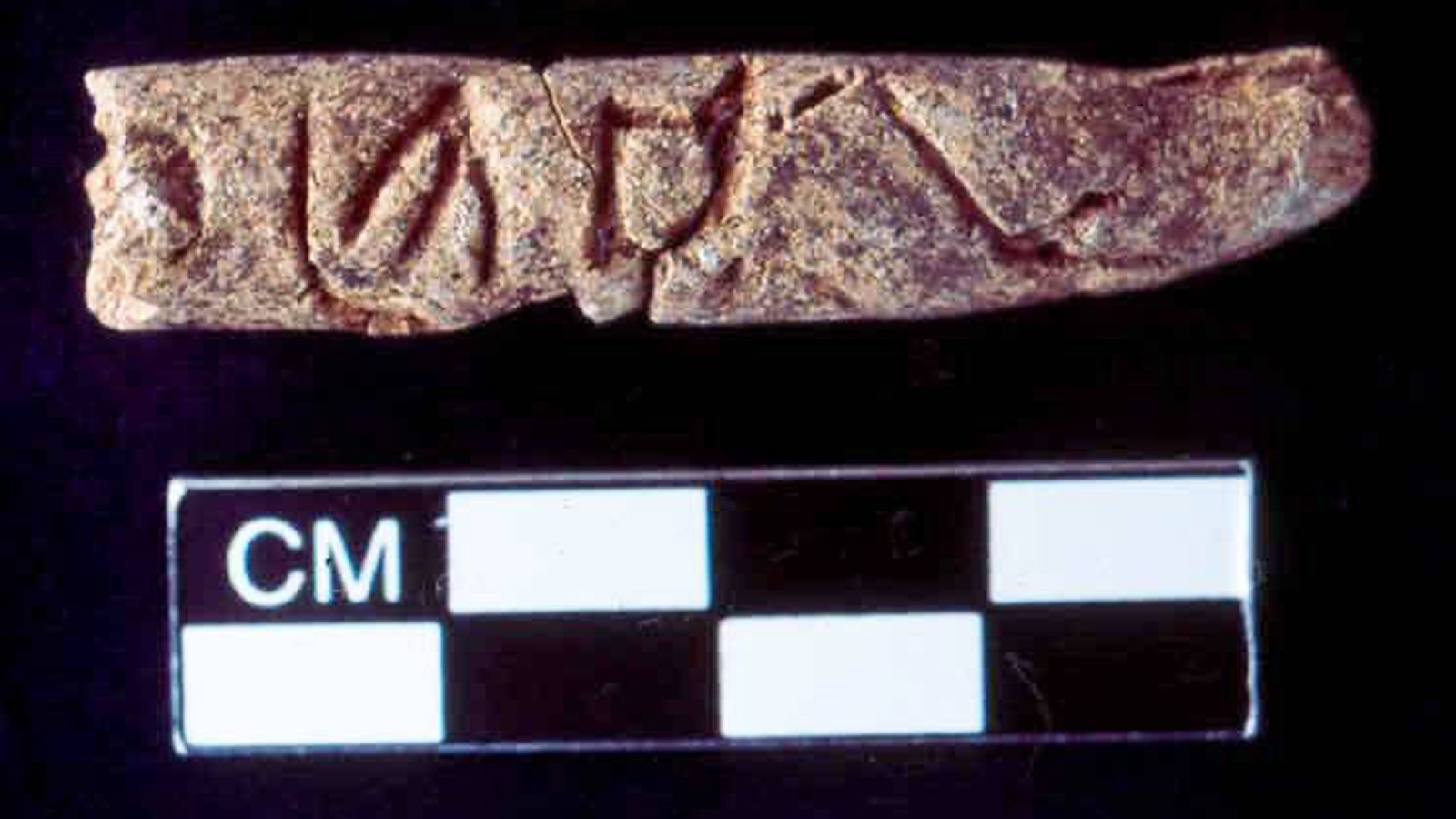Wilkes Land crater: The giant hole in East Antarctica's gravitational field likely caused by a meteorite
Researchers have proposed many origins for a gravity anomaly in Wilkes Land, East Antarctica, but the latest evidence suggests the subglacial hole is an impact crater measuring 315 miles across.
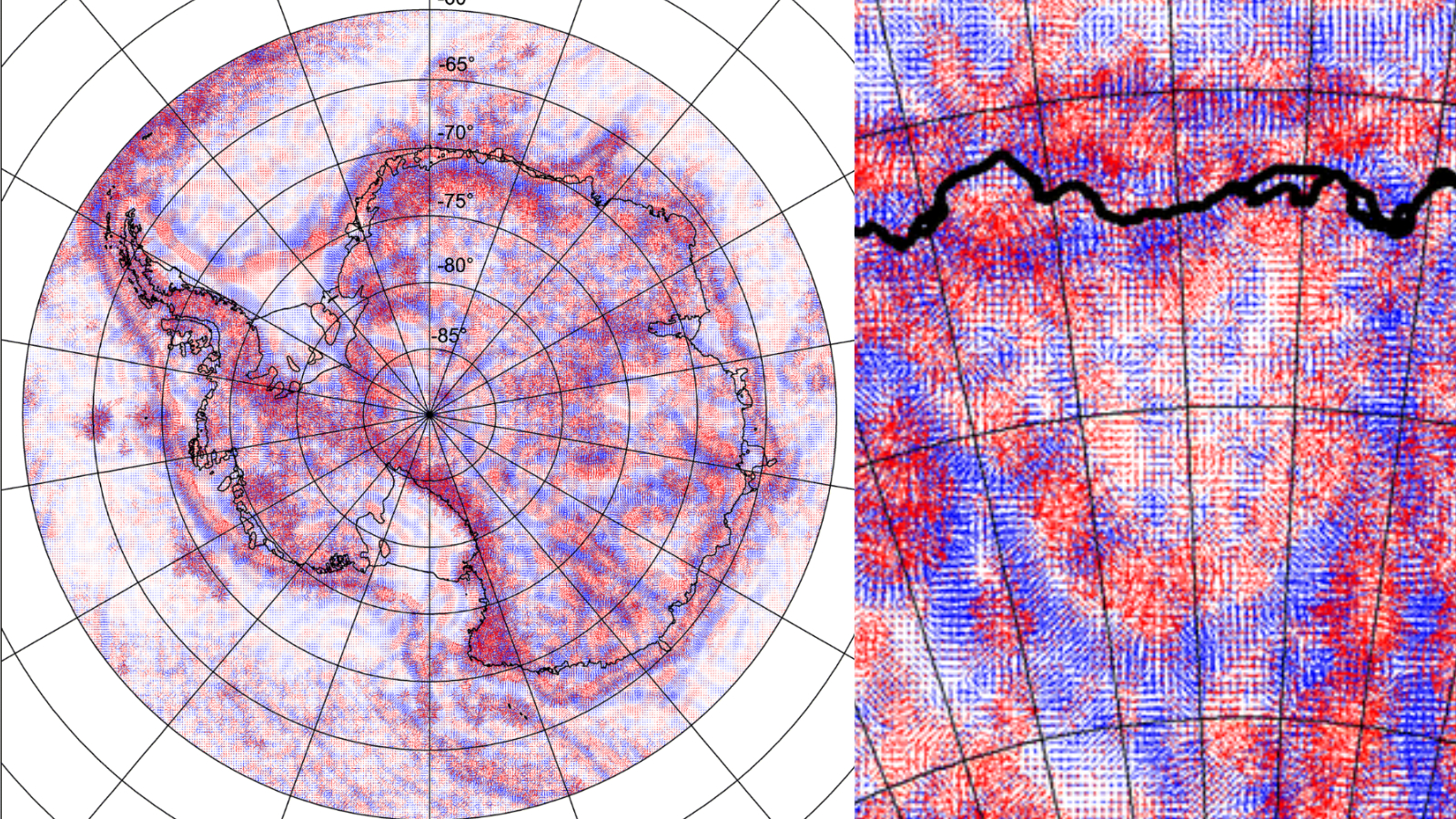
Name: Wilkes Land crater
Location: East Antarctica
Coordinates: 70°S 120°E
Why it's incredible: Evidence suggests it could be the greatest known impact crater on Earth.
The Wilkes Land crater is a hole in the bedrock beneath East Antarctica's ice sheet measuring 315 miles (510 kilometers) across. Researchers have been trying to explain its existence since the 1960s, and the most recent evidence suggests it was born from a cataclysmic meteorite impact.
The crater was first detected as a huge dent in Earth's gravitational field. Initial ground-based seismic and gravity surveys already indicated that the crater was huge — around 150 miles (240 km) across — but newer techniques reveal that it is likely more than double this size.
According to a 2018 study, the Wilkes Land crater sits about 1 mile (1.6 km) beneath the surface of Antarctica's ice sheet. The study showed the crater in more detail than ever before and examined its potential link with southern Australia, which was connected to East Antarctica until around 35 million years ago. While the origin of the crater remains uncertain, the results of the study suggest the event that created the hole likely occurred before the continents separated.
Researchers have proposed several explanations for the Wilkes Land crater, including that it could be a volcanic structure, a sedimentary basin, a deeply eroded valley or a meteor impact crater, according to a 2015 paper. For that paper, scientists used satellite remote sensing techniques to map the crater and determine its physical characteristics. In the middle of the hole in Earth's gravitational field, known as a negative gravity anomaly, they found a positive gravity anomaly, with the ice sheet filling the gap around this central peak like a huge, frosty donut.
Related: Scientists create new map showing ice-free Antarctica in more detail than ever before
The central peak is likely a structure known as a mass concentration, or a "mascon," according to the study. Mascons can occur within meteor impact structures due to the meteor crashing through Earth's crust and affecting the mantle beneath. Following the impact, the mantle may recoil and form a dense plug, resulting in a positive gravity anomaly, the study authors wrote.
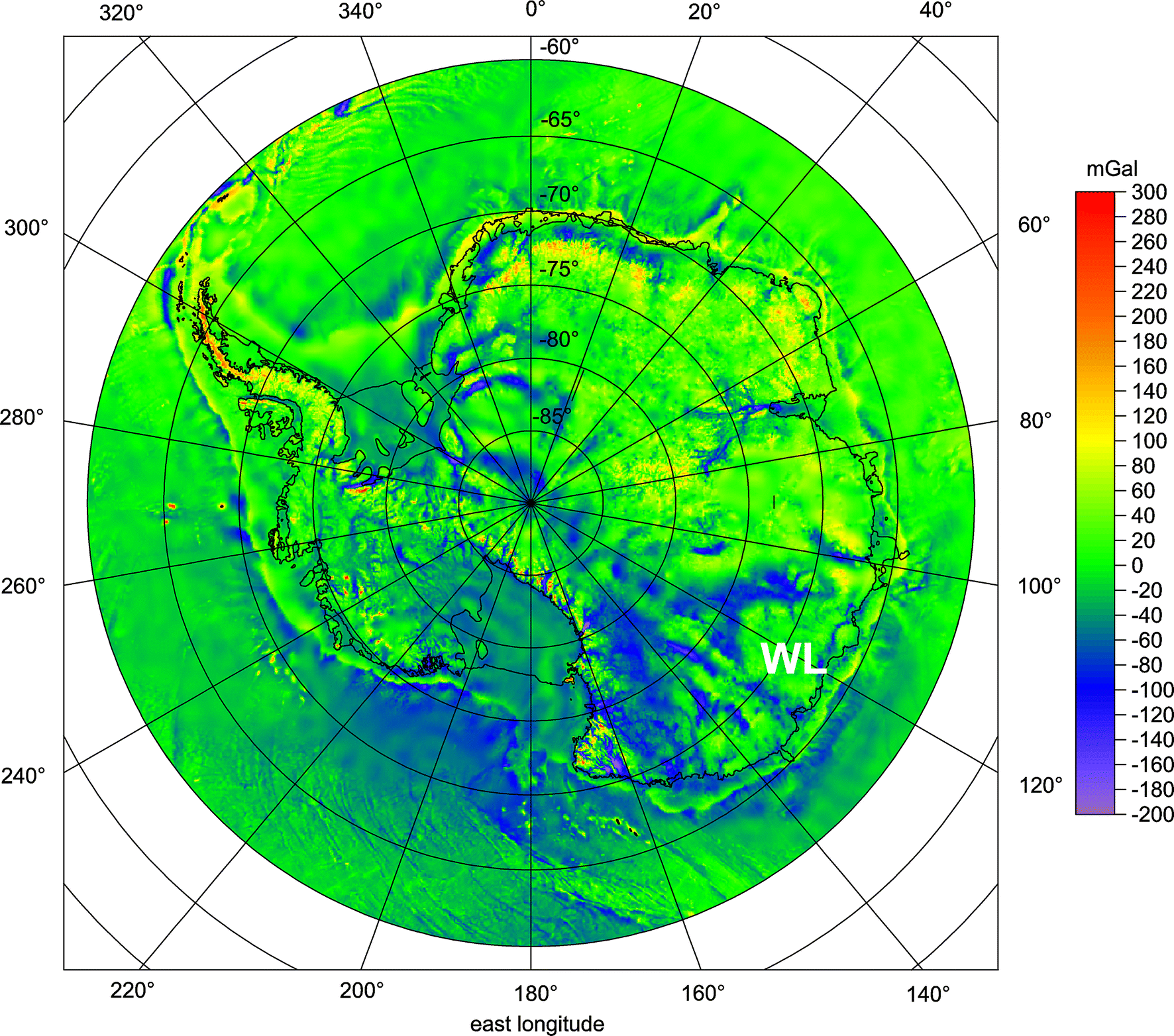
The Wilkes Land crater and its mascon aren't perfectly circular and instead form a U-shape, according to the 2018 study, whose results support the conclusion that the crater was caused by a meteor impact. The northern side of the crater is fragmented, perhaps as a result of tectonic processes that ripped Australia and Antarctica apart, the authors noted. Parts of the crater are clearly visible in southern Australia, they added.
Sign up for the Live Science daily newsletter now
Get the world’s most fascinating discoveries delivered straight to your inbox.
If the Wilkes Land crater is an impact crater, then it "would be the greatest impact crater known" on Earth in terms of its size, the authors wrote.
In the 2015 study, researchers found that the crater's diameter matches the speed and size of space rocks that regularly crashed into Earth during its early history between 4.1 billion and 3.8 billion years ago. "The WLA [Wilkes Land Anomaly] could have been created by such bolides," they wrote in the study.
"Nonetheless, because of the constraints imposed by the overlying continental ice sheet, [...], we believe that the other explanations for the subglacial structure remain viable," they added.
Discover more incredible places, where we highlight the fantastic history and science behind some of the most dramatic landscapes on Earth.
Antarctica quiz: Test your knowledge on Earth's frozen continent

Sascha is a U.K.-based staff writer at Live Science. She holds a bachelor’s degree in biology from the University of Southampton in England and a master’s degree in science communication from Imperial College London. Her work has appeared in The Guardian and the health website Zoe. Besides writing, she enjoys playing tennis, bread-making and browsing second-hand shops for hidden gems.
You must confirm your public display name before commenting
Please logout and then login again, you will then be prompted to enter your display name.




